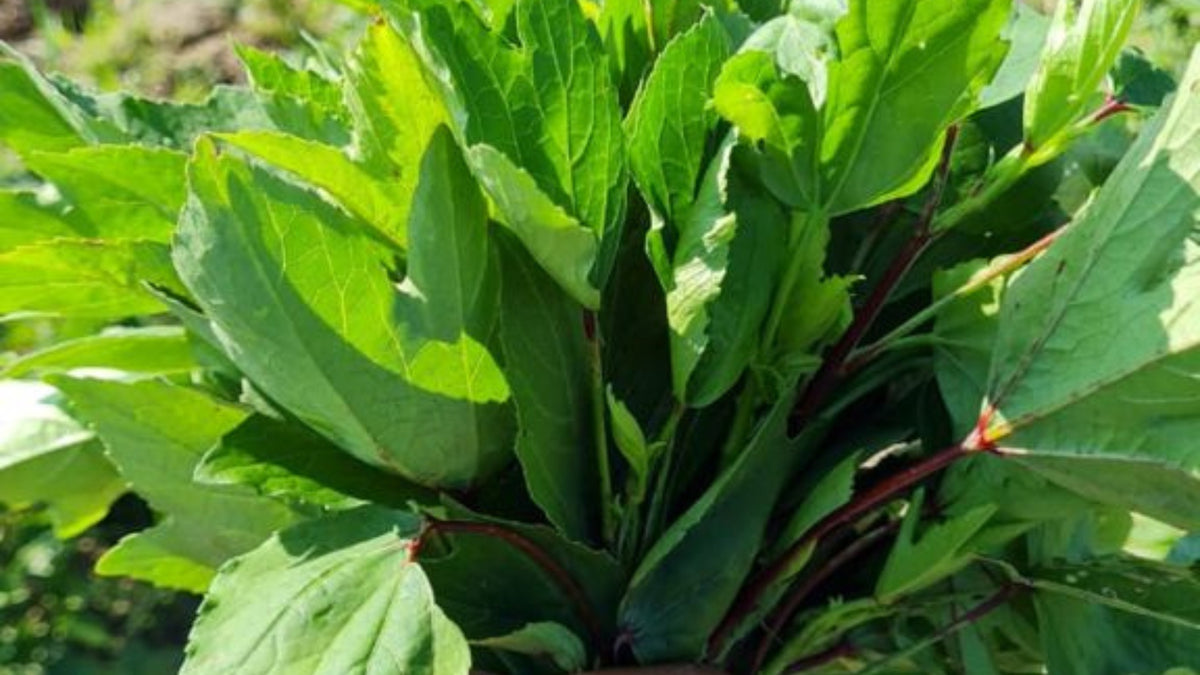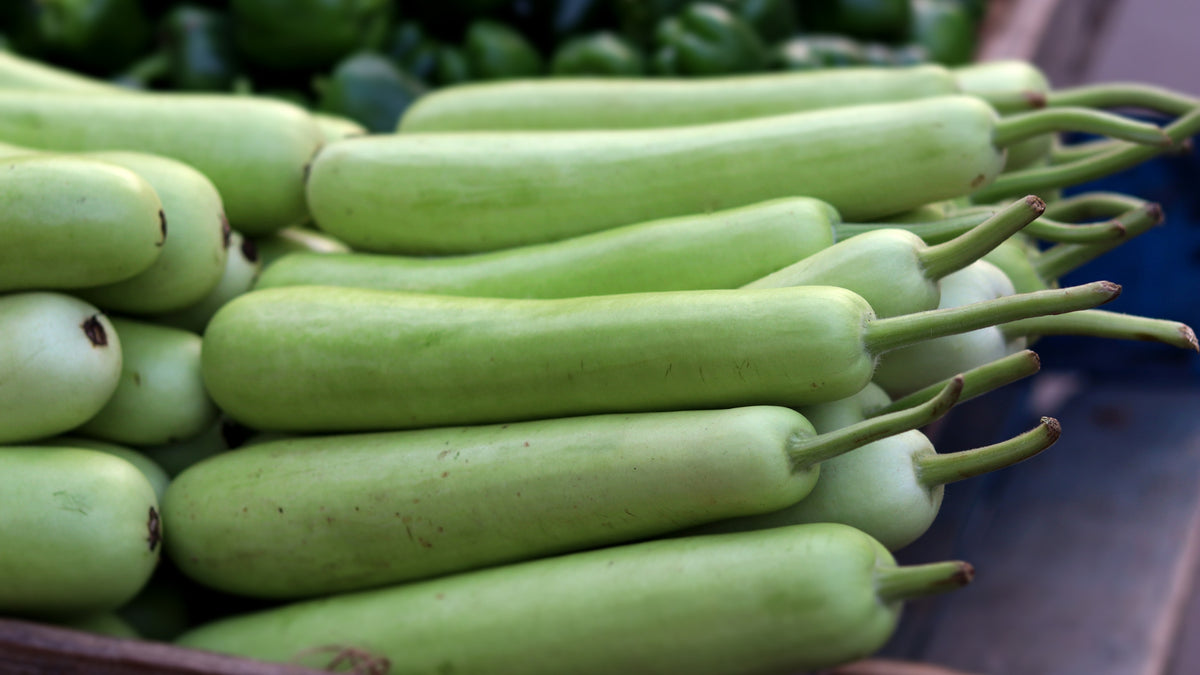
Ama the Root Cause of Disease

According to Ayurveda the definition of a healthy person is Swastha.
“Samadoşa samāgni ca sama dhātu malakriyah
Prasanna ātma indriya manah svastha iti abhidhīyate”
Swastha is defined as a person who is established in Self, who has balanced vata-pitta-kapha, balanced agni (digestive fire), properly formed dhatus (seven body tissues), proper elimination of malas (waste products), well-functioning metabolism, and whose mind, soul and senses are full of bliss is known as a healthy person.
Ayurveda also offers a general statement about symptoms of disease. According to Ayurveda the root cause of all symptoms of disease is due to poor metabolism or digestive fire.
“Roga Sarveapi Mandagni”
All symptoms of disease occur because of mandagni (slow or underactive digestion and metabolism).
Ayurveda’s protocol for preventing the symptoms of disease and maintaining health is to first correct imbalanced digestion with proper food, spices and herbs. If digestion is disturbed, it leads to many symptoms which cause nutritional deficiencies that manifest as symptoms of disease.
According to the Ayurvedic point of view, all symptoms of disease originate from a toxic material called ama. The vitiation or impaired agni produces a toxic material which is formed from improperly digested food particles. The main cause of most vyadhi (disease) is ama utpatti (production of toxins) and agni dushti (the vitiation or impaired digestive fire).
What is Ama?
Due to the weak function of digestive fire, the first dhatu (body tissue) known as rasa is not formed properly, instead the anna rasa (gastric juice containing partially digested food) undergoes fermentation when it is retained in the stomach too long. This fermented product in the stomach is called ama. The main cause of ama is weak digestive fire which is one of the factors required for a healthy person, as defined under Swastha.
So, in short, we can say, the deficient function of agni produces ama which produces a toxic substance that is not capable of nourishing the body, and instead it vitiates the doshas and causes symptoms of disease.
What are the qualities of Ama?
Ama is the undigested food particles which have qualities that are heavy, oily and liquid. The ama material is sticky and fibrous and has a foul smell. This ama material does not metabolize throughout the body and creates nutritional deficiencies. This undigested food cannot get absorbed and remains stagnate within the gastrointestinal track. It has undergone fermentation which is harmful for the body. In short, ama acts as a poison in the body.
What are the symptoms of ama?
- feeling weak, heavy and sluggish
- indigestion, acid reflux, excessive burping
- excessive salivation, coating on tongue
- gas, bloating and constipation
- lack of taste and smell
- cloudy thinking, memory loss
- obstruction of bodily process (swelling, pain, inflammation)
- fluid retention
Herbal supplements that help the body process and remove ama
- Triphaladi Churnam
- Avipathi Churnam
- Abhaya Arishtam
- Patolakaturohinyadi Kwatham (tablets)
- Shaddharana Churnam
- Trivril Lehyam
- Hinguvachadi Churnam
- Hingwadi Gulika
If you have any questions about Kottakkal products, please contact julie@kottakkal.shop.
Disclaimer: These statements have not been evaluated by the Food and Drug Administration. Kottakkal Ayurveda products and information are not intended for use in the diagnosis, treatment, cure, or prevention of any disease. If you have serious, acute, or chronic health problems, please consult a trained health professional. If you are seeking the advice of a trained Ayurvedic professional, call (800) 215-9934 or email us at contact@kottakkal.shop. We will provide you with information to consult with Ayurvedic professionals. Always check with your doctor before taking herbs when pregnant or nursing.
Also in Healing with Kottakkal Ayurveda

Food is Medicine - Organic Gongura Leaf
Gongura, often referred to as Indian sorrel, is a leafy green vegetable packed with an array of health benefits. This vibrant green is a treasure trove of essential vitamins, minerals, and antioxidants.

Food Is Medicine - Organic Bottle Gourd

Boosting Energy and Rejuvenation with Narasimha Rasayana
Narasimha Rasayanam is an herbal jam formulated with base ingredients of butter, honey, and milk. This time-tested remedy is believed to promote balance within the body's three doshas, vata, pitta, and kapha and supports a range of health concerns. From supporting physical strength and hair health to promoting rejuvenation and cognitive function, Narasimha Rasayanam offers a multifaceted approach to well-being.


Vaidya Vishwanath
Vaidya Vishwanath grew up in Pune, India which is hub of traditional Ayurvedic gurukul teachings, following the principles of Ayurveda as part of his culture. He has dedicated his career over the past 1 ½ decades to the science of Ayurveda.